The Samsung Galaxy S10+ Snapdragon & Exynos Review: Almost Perfect, Yet So Flawed
by Andrei Frumusanu on March 29, 2019 9:00 AM ESTDaylight Evaluation: Dynamic Range For Snapdragon
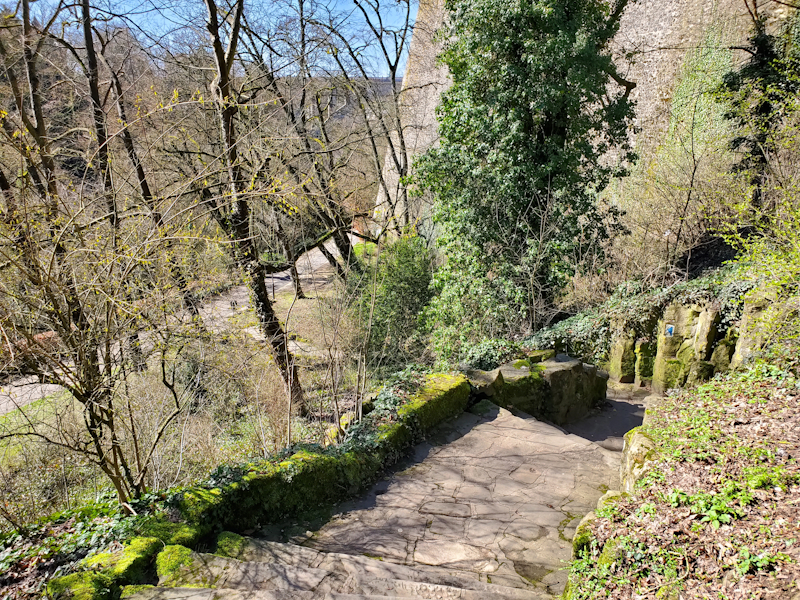
[ Galaxy S10+ Snapdragon ] - [ Galaxy S10+ Exynos ]
[ Galaxy Note9 (E) ] - [ Galaxy S9+ (S) ] - [ Galaxy S8 ]
[ iPhone XS ] - [ iPhone X ] - [ LG V40 ] - [ OnePlus 6T ]
[ Pixel 3 ] - [ View20 ] - [ Mate 20Pro ]
This shot is massively challenging for HDR algorithms as there’s very high natural contrast between light and dark areas of the scene with very fine detail throughout the whole frame. Both phones have nearly the same exposure but the Snapdragon is able to bring out brighter shadows with more detail. The Snapdragon does better at keeping some highlights in check in some parts of the scene while the Exynos does better in some other parts, overall I’d say it’s about even in this regard.
Both S10 phones actually see massive improvements in dynamic range and colour accuracy compared to prior Galaxy phones. The V40 is the only other phone that comes close to accurately reproducing the scene, however The S10 remains ahead in dynamic range and contrast while maintaining shadow detail.
On the wide angle, the Exynos does a horrible result in the HDR processing. In the histrogram the top 15% of levels are nearly non-existing and this is why the image seems to flat, especially a lot of the greens are compressed far too much resulting in unnatural and flat textures on leaves and on the moss. We can also add this shot to the list of wide-angle results where the Snapdragon’s optics seem much better.
The Mate 20 Pro is a contender for detail in this shot, but loses out in colours and dynamic range to the S10.
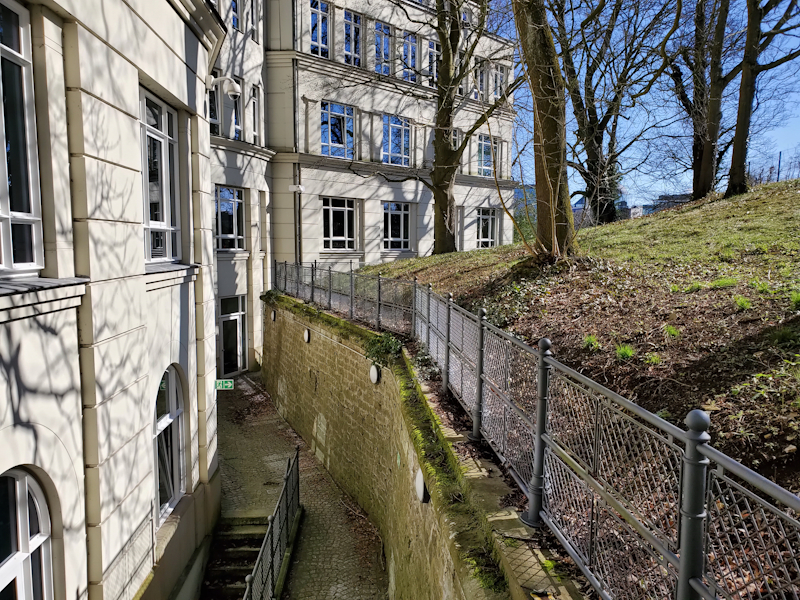 [ Galaxy S10+ Snapdragon ] - [ Galaxy S10+ Exynos ]
[ Galaxy S10+ Snapdragon ] - [ Galaxy S10+ Exynos ]
[ Galaxy Note9 (E) ] - [ Galaxy S9+ (S) ] - [ Galaxy S8 ]
[ iPhone XS ] - [ iPhone X ] - [ LG V40 ] - [ OnePlus 6T ]
[ Pixel 3 ] - [ View20 ] - [ Mate 20Pro ]
The next shot the overall composition is similar between the phones. The Snapdragon just has a ton more detail as we can see grass, moss and cracks in the brick wall that are much better defined than on the Exynos.
The S10s lead the pack in terms of overall picture quality as they’re spot on with the colour balance and dynamic range of the shot. The XS would have been a contender but its colour balance is off and the Mate 20 Pro is lacking a bit in contrast.
Big differences in the wide angle again with the Snapdragon having better HDR and detail retention throughout.
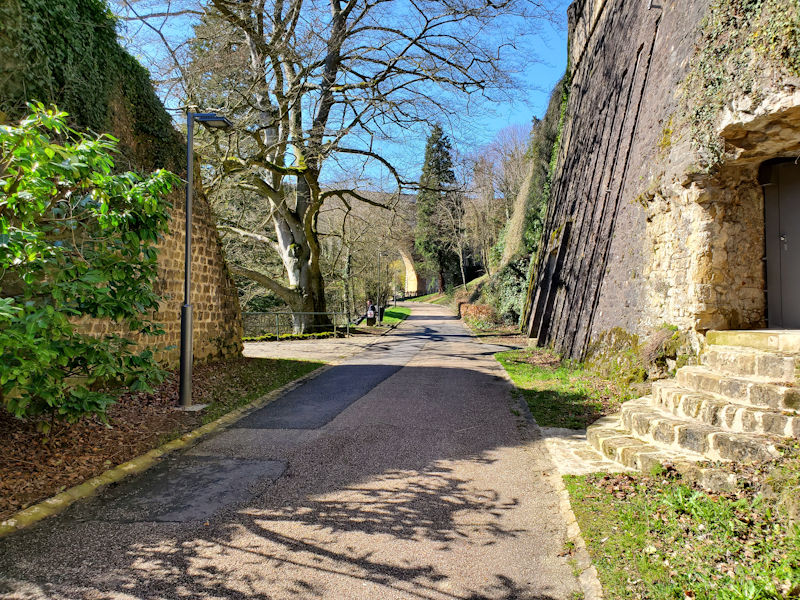 [ Galaxy S10+ Snapdragon ] - [ Galaxy S10+ Exynos ]
[ Galaxy S10+ Snapdragon ] - [ Galaxy S10+ Exynos ]
[ Galaxy Note9 (E) ] - [ Galaxy S9+ (S) ] - [ Galaxy S8 ]
[ iPhone XS ] - [ iPhone X ] - [ LG V40 ] - [ OnePlus 6T ]
[ Pixel 3 ] - [ View20 ] - [ Mate 20Pro ]
The main camera module here again goes to the Snapdragon although it’s almost overblowing the highlights. The Exynos is afraid to use the last 10% of levels however in such a sunlit scene this would have been a very accurate representation. The saturation difference in the foliage is also jarring, the Exynos is a lot more flat and dull than the Snapdragon.
On the wide angle lens, if I would have to summarise the Snapdragon and Exynos differences of the S10 then I would show them these two shots as they couldn’t be any more different. It’s kind of absurd as one would think I’m comparing last year’s phone against the newest generation, that’s how better the Snapdragon wide angle result is. The V40 competes composition wise but details are washed out.
 [ Galaxy S10+ Snapdragon ] - [ Galaxy S10+ Exynos ]
[ Galaxy S10+ Snapdragon ] - [ Galaxy S10+ Exynos ]
[ Galaxy Note9 (E) ] - [ Galaxy S9+ (S) ] - [ Galaxy S8 ]
[ iPhone XS ] - [ iPhone X ] - [ LG V40 ] - [ OnePlus 6T ]
[ Pixel 3 ] - [ View20 ] - [ Mate 20Pro ]
In terms of detail in the shop window here the Snapdragon has very slight advantages. It also has more saturated colours, however it doesn’t exaggerate them.
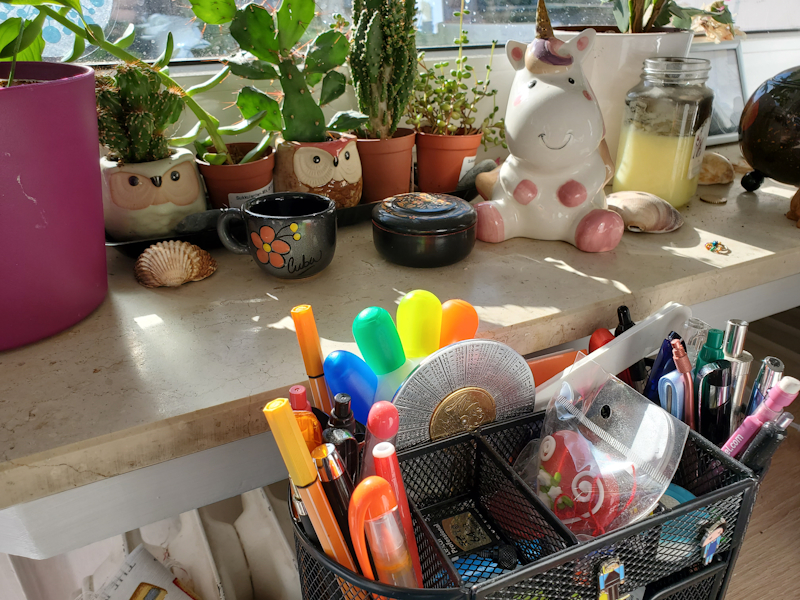
[ Galaxy S10+ Snapdragon ] - [ Galaxy S10+ Exynos ]
[ Galaxy Note9 (E) ] - [ Galaxy S9+ (S) ] - [ Galaxy S8 ]
[ iPhone XS ] - [ iPhone X ] - [ LG V40 ] - [ OnePlus 6T ]
[ Pixel 3 ] - [ View20 ] - [ Mate 20Pro ]
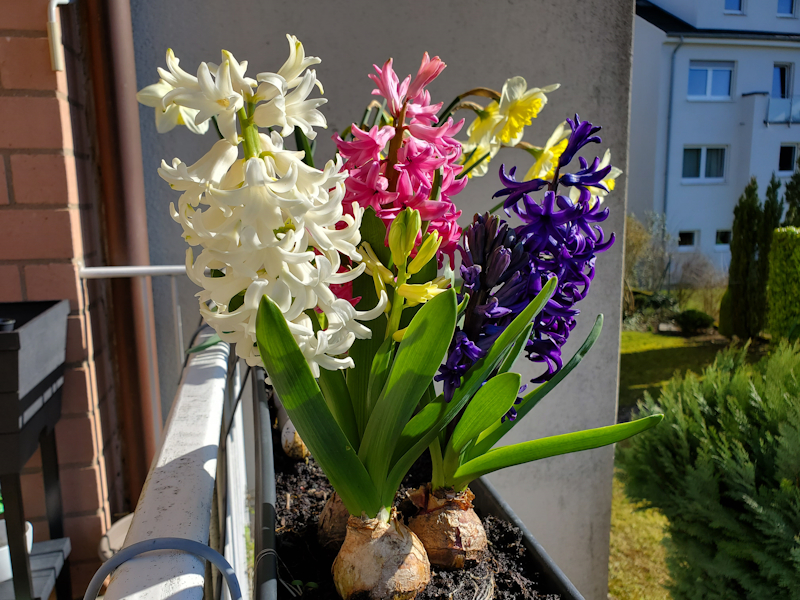 [ Galaxy S10+ Snapdragon ] - [ Galaxy S10+ Exynos ]
[ Galaxy S10+ Snapdragon ] - [ Galaxy S10+ Exynos ]
[ Galaxy Note9 (E) ] - [ Galaxy S9+ (S) ] - [ Galaxy S8 ]
[ iPhone XS ] - [ iPhone X ] - [ LG V40 ] - [ OnePlus 6T ]
[ Pixel 3 ] - [ View20 ] - [ Mate 20Pro ]
The flower shot is more of a test of the sensor’s light capture ability as flowers reflect light in a very wide spectrum. There’s some slight differences in the S10 but nothing to really come to any conclusion.
Daylight Camera Conclusion
Overall, the camera evaluation of the Galaxy S10 was extremely revealing this generation. I would have not expected such big differences between the Exynos and Snapdragon units and this really exposes an issue which I think hadn’t been brought up before in such detail.
Clearly the HDR processing on the Snapdragon chip is superior, but the Snapdragon unit is also to resolve better details and also produces more (correctly) colourful images, whereas the Exynos can appear washed out an dull.
That being said, both units showcase huge improvements in their dynamic range capture ability which makes big jumps compared to past devices. One aspect of the Galaxy S10s that I saw was essentially flawless was the colour balance. In all the scenes I’ve shot in this evaluation I didn’t see one shot of the S10s where it was off in terms of colour reproduction (besides the Exynos’ sometimes dull saturations). In terms of shooting consistency as well, although both S10s differed between each other, in terms of consecutive shots this was probably Samsung’s best camera experience yet.
Exposure in particular is absolutely spot on. Many of the scenes were shot in on a day with no clouds at all with a very bright sun and here the S10 actually took advantage of the higher levels in the produces shots which some other phones don’t do. The Pixel 3 for example is a prime case of this as the last 10% of levels are almost never used which results in missing highlights in almost all shots, resulting in a dark image that just doesn’t make sense given the environment of the scene.
I really love these aspects about the Galaxy S10 camera in daylight shots as it produces just better shots.
The wide angle module is a fantastic addition to the phone. Previously only LG was able to sport such a feature, and the Mate 20’s from Huawei were the first to follow LG in this regard. I had mentioned that the Mate 20 Pro’s wide angle was excellent, however the only comparison point was LG’s own, which unfortunately suffers from processing issues. The S10’s wide angle beats both in many scenarios. It’s also on the wide angle where we see the most drastic differences between the two tested S10 models. One thing that I think is a hardware issue on the Exynos unit I’ve tested is the camera lens of the wide angle module as it’s showing very blurred details in off-centre details. Because the camera module is fixed focus, I don’t think this is something that will be fixed in any update.










229 Comments
View All Comments
xian333c - Wednesday, April 17, 2019 - link
How to buy that unicorn on table in ur shout?Brightontech - Sunday, April 21, 2019 - link
it is an awesome phone<a href="https://www.brightontech.net/2019/04/audiovideo-ed... Editor and Video Converter</a>
Video Editor and Video Converter
Jhereck - Tuesday, April 23, 2019 - link
Hi Andrei another question regarding the patch designed to increase PELT resonsiveness : is there any way a third party kernel can include it, therefore making s9 and s10 the devices they should be ?You know like last year when you tried to play with s9 exynos kernel in order to match snapdragon power and power efficency ?
Thanks in advance
Rixos - Thursday, May 2, 2019 - link
It's kind of sad, I was actualy looking at the s10e as a replacement device for my galaxy S7 but as I live in Europe I would be getting the Exynos variant. Worse audio quality, less processing power and worse camera results. Basically seeing this kind of ruined the purchase for me. In some sense I wish I would not have seen it, the S10e is likely still a great upgrade for my S7 but knowing that there is a better version out there just ruins it for me. I guess ignorance sometimes really is bliss.theblitz707 - Thursday, May 23, 2019 - link
I see this is in every review. I actually went to stores and used my phones ambient light sensor and an another phones flashlight to measure display brightnesses. Although slightly inaccurate lg g7 gave a 1050lux reading with boost on.(all test on apl100) Taking that as a base s9 plus did 1020 s10 plus did 1123 and p20 pro did around 900 when i shone my flashlight to each sensor. So why everyone makes it seem like they are less bright than they actually are? Does using a flashlight to trigger high brightness impossible to imagine? Let me tell you those oled screens get very bright with high ambient light like outside on a sunny day.ballsystemlord - Monday, June 3, 2019 - link
Spelling and grammar corrections. I did not read the whole thing, so there maybe more.Samsung new L3 cache consists of two different structures
Possesive:
Samsung's new L3 cache consists of two different structures
Similarly, the A75's should be a ton more efficient the A55 cores at the upper performance points of the A55's.
Missing "than":
Similarly, the A75's should be a ton more efficient than the A55 cores at the upper performance points of the A55's.
Arm states that the new Cortex A76 has new state-of-the-art prefetchers and looking at what the CPU is able to do one my patterns I'd very much agree with this claim.
Missing "to":
Arm states that the new Cortex A76 has new state-of-the-art prefetchers and looking at what the CPU is able to do to one my patterns I'd very much agree with this claim.
The nature of region-based prefetchers means that fundamentally any patterns which has some sort of higher-level repeatability will get caught and predicted, which unfortunately means designing a structured test other than a full random pattern is a bit complicated to achieve.
"have" not "has" and a missing y:
The nature of region-based prefetchers means that fundamentally any patterns which have some sort of higher-level repeatability will get caught and predicted, which unfortunately means designing a structured test other than a fully random pattern is a bit complicated to achieve.
Switching over from linear graphs to logarithmic graphs this makes transitions in the cache hierarchies easier to analyse.
Excess "this" and analyze is with a "z":
Switching over from linear graphs to logarithmic graphs makes transitions in the cache hierarchies easier to analyze.
Indeed one of the bigger microarchitectural changes of the core was the addition of a second data store unit.
Missing comma:
Indeed, one of the bigger microarchitectural changes of the core was the addition of a second data store unit.
...we see that in the L3 memory region store curve is actually offset by 1MB compared to the flip/load curves, which ending only after 3MB.
"ed" not "ing":
...we see that in the L3 memory region store curve is actually offset by 1MB compared to the flip/load curves, which ended only after 3MB.
"Traditionally such misses are tracked by miss status holding registers (MSHRs), however I haven't seen Arm CPUs actually use this nomenclature."
This is almost certainly a run on sentence with missing punctuation. Try:
"Traditionally, such misses are tracked by miss status holding registers (MSHRs). However, I haven't seen Arm CPUs actually use this nomenclature."
"Again to have a wider range of performance comparison across ARMv8 cores in mobile here's a grand overview of the most relevant SoCs we've tested:"
Missing comma:
"Again, to have a wider range of performance comparison across ARMv8 cores in mobile here's a grand overview of the most relevant SoCs we've tested:"
giallo - Monday, June 17, 2019 - link
how much did they pay you to write this bullshit? you must be true downstheblitz707 - Monday, August 19, 2019 - link
i discovered something about display brightness on oleds recently. I did a test with a7 with auto brightness on.Lets assume, on a slightly dark room you set your brightness to 25nits(whites), so when you go out to the sun phone boosts around 750-800 nits.
Now lets assume on a slightly dark room you set your brightness to 250 nits, now when you go out to the sun phone boosts to 900nits. (what i actually did was not go in a dark room but while i was outside i covered the sensor with my hand so it thought i was in a dim place)
I used to assume everytime you go out to sun it would get maxed but apparently it still depends on what you set your phone before.(dumb a bit if you ask me, cuz you know, its THE sun, brightest thing..) I believe this might be the reason why you didnt reach to 100APL 1200nits.
P.s. I know every brightness sensor is different but i had tested lg on full white and i had gotten 1050 lux, i also tested s10 or plus, all white and i had gotten 1120lux on white,100APL.(It was painfully hard to find the sensor to shine the flashlight, its somewhere around upper part of the phone under the display).
It would be cool if you retested the brightness in this way:
1- After you put auto brightness on, Go in a very dark room or cover the sensor, so phone put itself to a dark brightness, after that happens, set the brigthness to max while you are still in the dark room.(auto is still on).
2- Now go under sun or shine a phone flashlight to sensor and test the brightness on white APL100. That would be really nice.
theblitz707 - Monday, August 19, 2019 - link
lg is g7 on boosted, forgot to mention